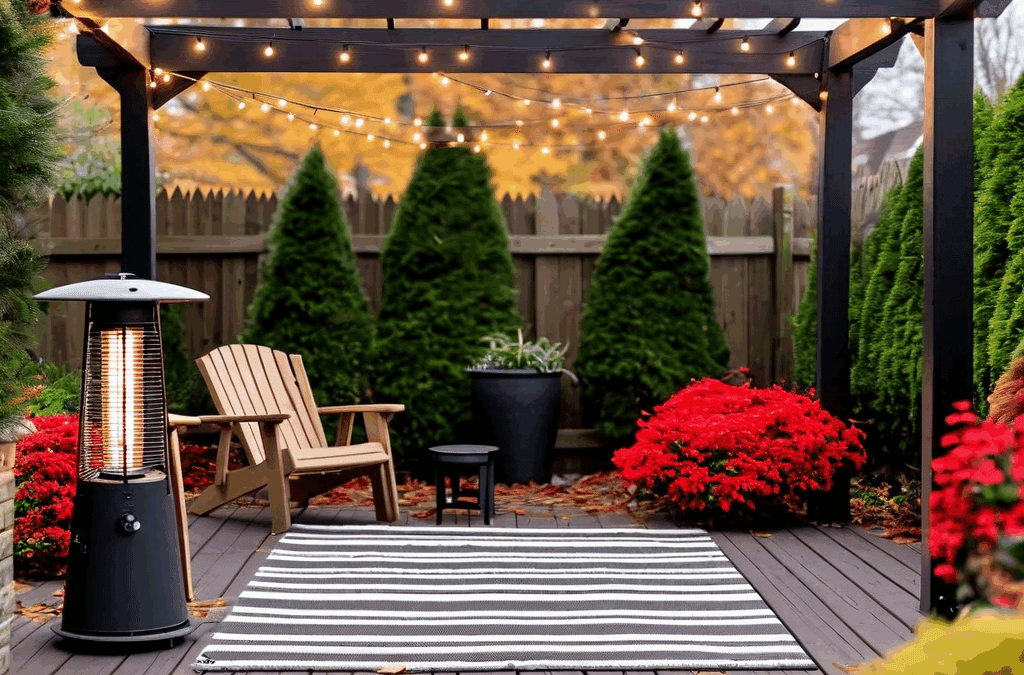Building a new deck is one of the most rewarding upgrades you can make to your home. It adds usable space, improves curb appeal, and gives you a place to relax outdoors. But before construction begins, it is important to create a realistic budget. This not only helps you plan your investment but also prevents headaches and unexpected costs along the way.
In this guide, we will walk through how to budget for a deck from start to finish. Whether you are building a simple platform or a custom design with railings, lighting, and stairs, this approach will help you stay informed and in control of your project.
Know Your Priorities
Every deck budget starts with one key question. What do you want your deck to do? Your answer will guide your choices on size, layout, materials, and extras.
Here are a few common goals
- Create a space for outdoor dining or lounging
- Add square footage to entertain guests
- Improve your backyard layout or flow
- Replace an aging or unsafe structure
- Boost resale value of your home
Being clear on what matters most will help you focus your spending where it makes the most difference.
Understand the Cost Drivers
Several factors affect the cost of a deck. Here are the ones that matter most when setting your budget
Size
The larger the deck, the higher the cost. Decks are priced by square footage, so adding space quickly adds to material and labor costs. A 200 square foot deck will cost less than a 500 square foot build even with the same materials.
Materials
Wood is generally more affordable than composite or PVC. Pressure treated lumber is the most budget friendly, while cedar offers a higher end look for a bit more. Composite options last longer and require less maintenance but come with a higher price tag up front.
Design complexity
Simple rectangular decks are faster and cheaper to build than curved or multi level ones. Additions like stairs, built in seating, railings, and privacy screens increase both time and cost.
Access and site conditions
If your backyard is difficult to reach, sloped, or contains obstacles like large roots or rocks, expect some added cost. Easy access sites reduce labor time and equipment needs.
Permits and inspections
Depending on your municipality in British Columbia, a permit may be required. Permit fees vary and often depend on the size and height of the deck. At All Hands on Deck, we manage the permit process so you do not have to worry about paperwork or codes.
Get a Real Quote
Online calculators and general price ranges can be helpful for a ballpark figure. But the only way to build a real budget is to get a quote based on your yard, your goals, and the actual cost of materials in your area.
When we provide a quote at All Hands on Deck, we include
- Detailed breakdown of labor and material costs
- List of optional upgrades or choices
- Expected timeline
- Total cost including taxes and permit handling
Our clients know exactly what they are getting and what it will cost before the first board is cut. No vague estimates. No surprise fees.
Think About Long Term Value
The cheapest option is not always the best choice. A deck made with budget materials may cost less now but require more repairs and maintenance later.
Ask yourself
- Will I need to reseal this every year
- Is the structure built to last in our climate
- What will it cost to repair or replace pieces in the future
Composite decking, for example, has a higher up front cost but can save money over time due to its long lifespan and low maintenance. In many cases, the best value comes from balancing initial price with long term durability.
Plan for Add Ons
Many homeowners focus on the surface and forget about the finishing details that complete the deck. These add to your total but can make a big difference in comfort and appearance.
Common extras include
- Railings
- Stairs
- Lighting
- Pergolas or shade structures
- Seating or planters
- Skirting to cover the underside
If your budget is tight, plan to include the essentials now and save certain features for later. We can design your deck with future upgrades in mind.
Set a Contingency
No matter how well you plan, unexpected issues can come up during construction. Maybe a buried pipe needs to be rerouted. Maybe the old deck has hidden rot. It is smart to build in a ten percent cushion for these kinds of surprises.
This keeps your budget realistic and helps you move forward with confidence if something unexpected happens.
Ask the Right Questions
Before you sign a contract, make sure you understand the scope of the work and what is included. A good builder will be transparent and willing to walk you through the numbers.
Questions to ask include
- What is included in this quote
- Are permits and disposal covered
- What happens if we discover problems under the old deck
- Can I adjust the materials if needed
- When are payments due
At All Hands on Deck, we believe in honest pricing and clear communication from the first meeting to the final walkthrough.
Keep It Simple
If your dream deck feels out of reach, you do not have to give up the idea. Starting with a more modest design and adding features over time is a smart way to get the space you want without overextending your budget.
Some of our clients build a base deck first, then add railings, planters, or lighting later. We make sure the structure can support future upgrades and help you plan ahead.
Your Deck Budget in Action
Here is a basic example of how a deck budget might look
- Pressure treated wood deck, 200 square feet
- Cedar railings on two sides
- One set of stairs
- Permit and disposal fees included
Estimated total cost 9000 to 12000 depending on site and material prices
Add composite decking and aluminum railings and the total may range from 14000 to 18000
These are real numbers from recent jobs in the Lower Mainland and help show how layout and materials shape the final cost.
Ready to build your deck with no surprises? Contact All Hands on Deck to request a quote and start budgeting with confidence.



Recent Comments